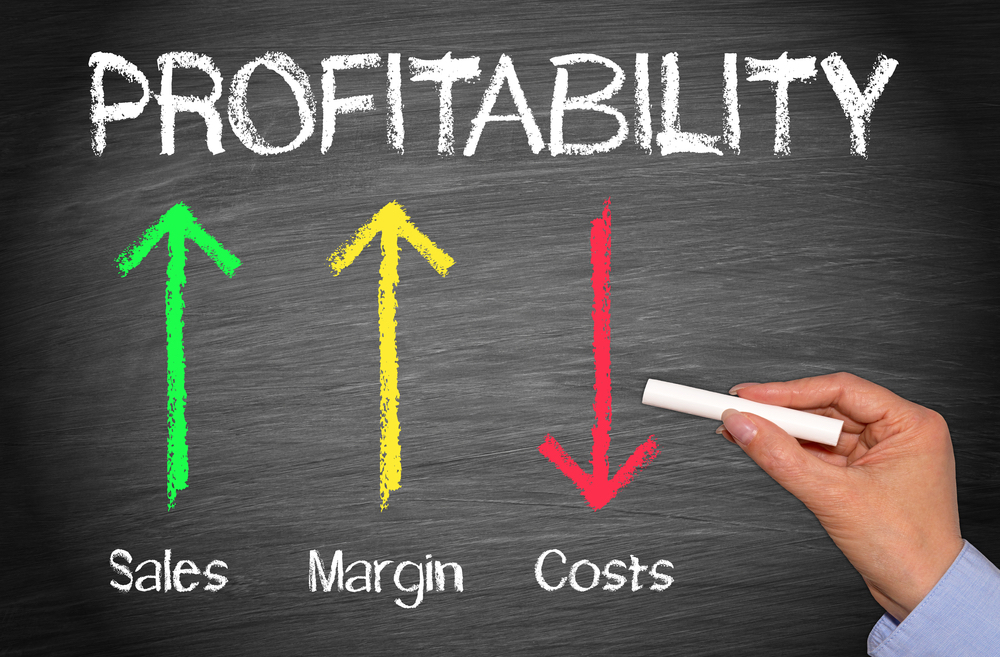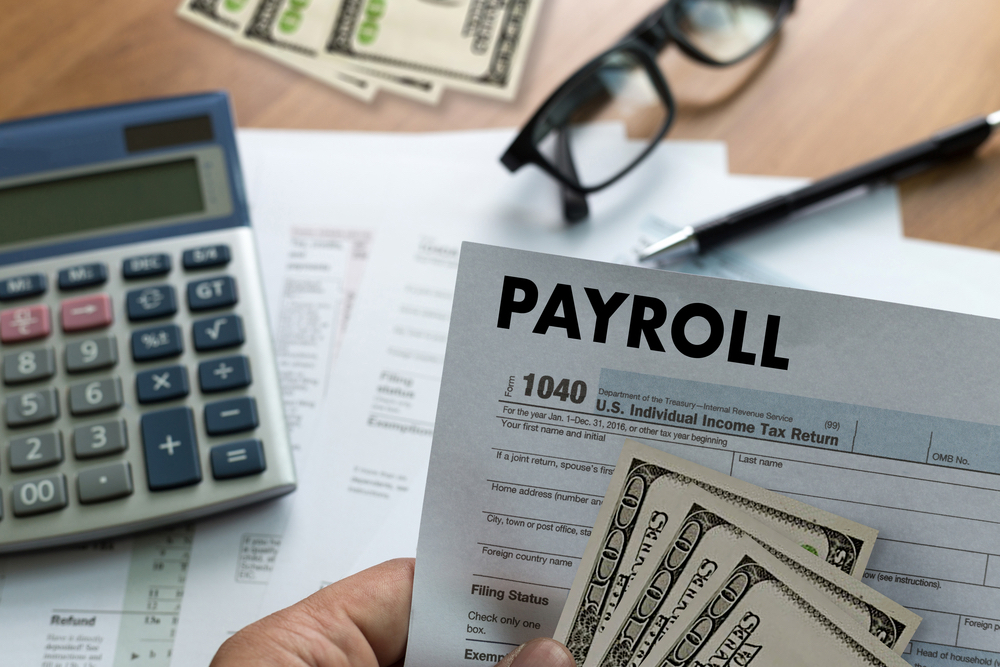LLCs can enjoy massive tax advantages.
There are substantial new tax breaks for owners of LLCs (limited liability companies) that did not exist before 2018. This article will tell you everything you need to know about how to claim them.
These new tax benefits for LLCs require choices that you will have to live with for at least five years. And for a few businesses organized as LLCs, the best option is not to file the IRS paperwork to get the newest tax breaks.
We will discuss all your options in detail. But the first thing you need to know is this:
Even though the new tax rules allow LLCs to get tax breaks as if they were C corporations or S corporations, the new rules are just about taxes. They don’t change your business entity. They only change the way you are taxed.
Electing for your
For all practical purposes except for paying federal taxes, your business entity is still an
Three big tax breaks for LLCs (and two smaller ones)
What are the tax breaks that are now available for LLCs? In order of their impact on cash flow for owners, the top three are:
1. Self-employment tax may be substantially reduced
Under old rules,
2. Health insurance premiums can be fully deductible
Previously,
3. Travel expenses are easier to deduct
Old guidelines meant
Under the old rules, small business owners had to expand their business with after-tax dollars or pay for their health insurance or retirement contributions with after-tax dollars. Now they can have more tax-free money for both expenses. Let’s take a look at how this works.
Tax-Free Money for expenses

Small business owners who turn a profit with their sole proprietorship, partnership, or traditionally taxed
If these small business owners want to put money away into retirement accounts, they use money left over after they pay the 15.3 percent self-employment tax. If they want to set aside profits to expand the business, they must set them aside after they pay the 15.3 percent self-employment tax.
When these small business owners pay for their health insurance, they pay self-employment on the money first. While repaying loans, they repay with money on which they pay self-employment tax first. When the pay for health insurance, they pay with dollars left over after self-employment tax.
Suppose you earn $100,000 a year, and you pay income tax at a rate of 25 percent, and you also pay (we’ll round down) 15 percent self-employment tax. You are operating as a sole proprietor. Together, income tax and self-employment tax come to 40 percent in this example. From every dollar you earn, you have 60 cents left over.
In this scenario, if you earn $1000 in profit, you have $600 leftover. Put another way that means to pay $1000 a month for health insurance; you have to make a profit of $1666.66.
Self-employment tax when treated LLCs are treated as corporations
Business people who can be treated as employees of their own corporations (as the new tax laws allow for LLCs) don’t get hit with as much self-employment tax. They still withhold 7.65 percent from the paychecks they write themselves and pay 7.65 percent on their salaries from corporate accounts, but they are allowed to pay for their health insurance and retirement contributions without paying any employment tax first.
In this new scenario, if you earn $1000 profit, you have $1000 to pay for your health insurance. You have $1000 to put in your SEP-IRA or to expand your business.
Do you remember the deductions for employee expenses we all used to get to write off on our personal tax returns? With this new tax election, you still can. And you wipe out both FICA and income tax with these kinds of expenses.
What about those other two tax benefits of having your
4. Carrying Over Net Operating Losses
One benefit is easier rules for carrying over net operating losses from the years when you were starting up.
Did you ever wonder how huge corporations like Amazon aren’t currently paying taxes? Amazon operated at a loss for many years. Even though it earns (and reports) billions in profits now, it is still carrying over operating losses from years ago. These net operating loss carryovers wipe out the taxes on current profits.
Old rules for taxing
If you foresee this problem, you can elect to have your
5. LLCs now have more time to become profitable

Hobby businesses are tax enhancers. Income becomes taxable, but expenses can’t be written off. No business owner wants their business to be treated as a hobby.
There is some misinformation about tax rules for this issue going around The IRS doesn’t really have a rule that says that you have to make profits in three out of five years to show that you are serious about your business, that’s not a hobby.
The rule really is that if you earn profits in at least three out of the first five years, you are in business, the IRS will presume your business is being run for profit. That allows you to write off losses. If the IRS rules your business is not being run with the intent of earning a profit, you won’t be able to write losses. The IRS will presume it is.
But if you don’t earn profits in three out of your first five years, then there is a gray zone. The IRS can apply its “hobby loss rule.” This can result in the previously mentioned double-whammy: You will have to pay federal tax on your income, but you won’t be able to deduct expenses.
Owners of corporations that elect to be taxed as corporations have to be become profitable, too, but they are exempt from this particular rule. If you elect Subchapter C or Subchapter S treatment for your
How to claim these new tax benefits for LLCs
The IRS automatically treats LLCs with one owner as a sole proprietor. It automatically treats LLCs with multiple owners as partnerships. This is still true under the new law.
To get the new tax benefits, the owners of LLCs have to file one of two forms with the IRS. (You must have received your charter to operate as
- Owners of LLCs who want their business to be taxed as if it were an S corporation file Form 2553 with the IRS.
- Owners of LLCs who want their business to be taxed as if it were a C corporation file Form 8832 with the IRS.
Once you file either form, you cannot change your tax status for the next 60 months unless you made the election when your business was first formed and requested it to go into effect on your first day of business operation.
If you do not file either of these two forms, your business’s
The IRS imposes some restrictions on filing Form 2553
- The
LLC must be a “domestic entity,” chartered in the United States. - If the
LLC is a partnership, it cannot have more than 100 partners. - All the shareholders in the
LLC must be individuals or estates. (If a partner has died and the partner’s share has gone into an estate, the partnership’sLLC can still file Form 2553 for treatment as a Subchapter S corporation.) - In most cases, the
LLC must operate on a tax year that ends on December 31. - Each shareholder must consent to the change in tax status by signing Part I of the form.
- The form must be filed prior to the first tax year for which subchapter S tax status applies, on the first two months and 15 days of the first tax year for which subchapter S tax status applies. (There are ways to justify a late election.)
- The IRS must approve the application for subchapter S status before it applies.
The IRS also has detailed rules for filing the much more complicated Form 8832. If you file Form 2553, you do not need and should not file Form 8832.
The instructions for this form are outside the scope of this article, but most small business owners benefit more from Subchapter S corporation status than from C corporation status.
Uncommon circumstances business owners would want their LLC to be taxed as a C corporation rather than as a Sub-S:
- They intend to retain profits rather than distribute them.
- They are planning on an initial public offering (IPO). LLCs cannot do an IPO until they convert to C corporations.
- They are seeking investors who cannot invest in an S corporation (such as non-resident aliens and other foreign contributors of capital).
Most of the time, small business people benefit from electing to be taxed under Subchapter S. They keep the
What can go wrong if I elect Subchapter S taxation for my LLC ?
With a little planning, Subchapter S status is a major tax break for small businesses organized as an
The salary you pay yourself must be reasonable. You can’t, for example, report that you pay yourself $1 a year and take $100,000 a year out of your business as a dividend just so you don’t have to pay self-employment taxes. The salary you pay yourself should be comparable to what you would have to pay someone else to do your job.
This is a judgment call. If you get audited (and you should try to avoid getting audited), the IRS will have valuation experts who are incredibly well-informed of local salaries. After all, the IRS has records on everybody’s salary. If you are audited, you may need to consult an expert or have a CPA justify your salary.
No-interest and low-interest loans from the business to its owner are usually treated as compensation and are subject to income and FICA tax. And when you make yourself your own employee, you will have one additional (small) tax.
FUTA Tax
When you make yourself your own employee, you will have to pay FUTA as well as FICA. FUTA is federal unemployment tax. It’s a 6 percent federal tax on the first $7,000 of your income. Up to 90 percent of your FUTA liability can be forgiven dollar for dollar by paying state unemployment tax.
Failure to pay FUTA can expose your
Changing the tax status of your
Payroll Taxes

You will also need to file payroll taxes every quarter on yourself and any non-owner employees of your business. Accounting fees will typically be at least $1,000 and up to $2,500 a year for businesses that have gross earnings of up to $1,000,000.
Tax planning and representation before the IRS and your state’s tax agencies may be a substantial expense. Usually, you will save money by getting good tax guidance, but this guidance will not come cheap.
As an employer of yourself, you may have to comply with federal and state regulations on employers. This means you may have to meet OSHA regulations or state safety regulations that do not apply to sole proprietors. You may have to display posters in your workplace, even in your home, or give yourself an annual hour of safety training. You may have to document your own immigration status with Form I-9.
The benefits of having your
One more tax advantage for LLCs
One more major tax benefit is the Tax Cuts and Jobs Act of 2017. This gave sole proprietors, owners of LLCs, and owners of C and S corps a deduction of up to 20 percent of net “qualified business income.” It’s “below the line” deduction that you take on your personal Form 2040 after you have computed the profit and loss of your business. For many small business owners, it is like getting a second standard deduction.
You can’t get this deduction on income from your C corporation or income from your
Another way to get this deduction is if you have not filed either election with the IRS. Compute your deduction on Form 8995 or Form 8995-A and attach the form to your tax return. Claim this deduction on line 10 of Form 1040.
